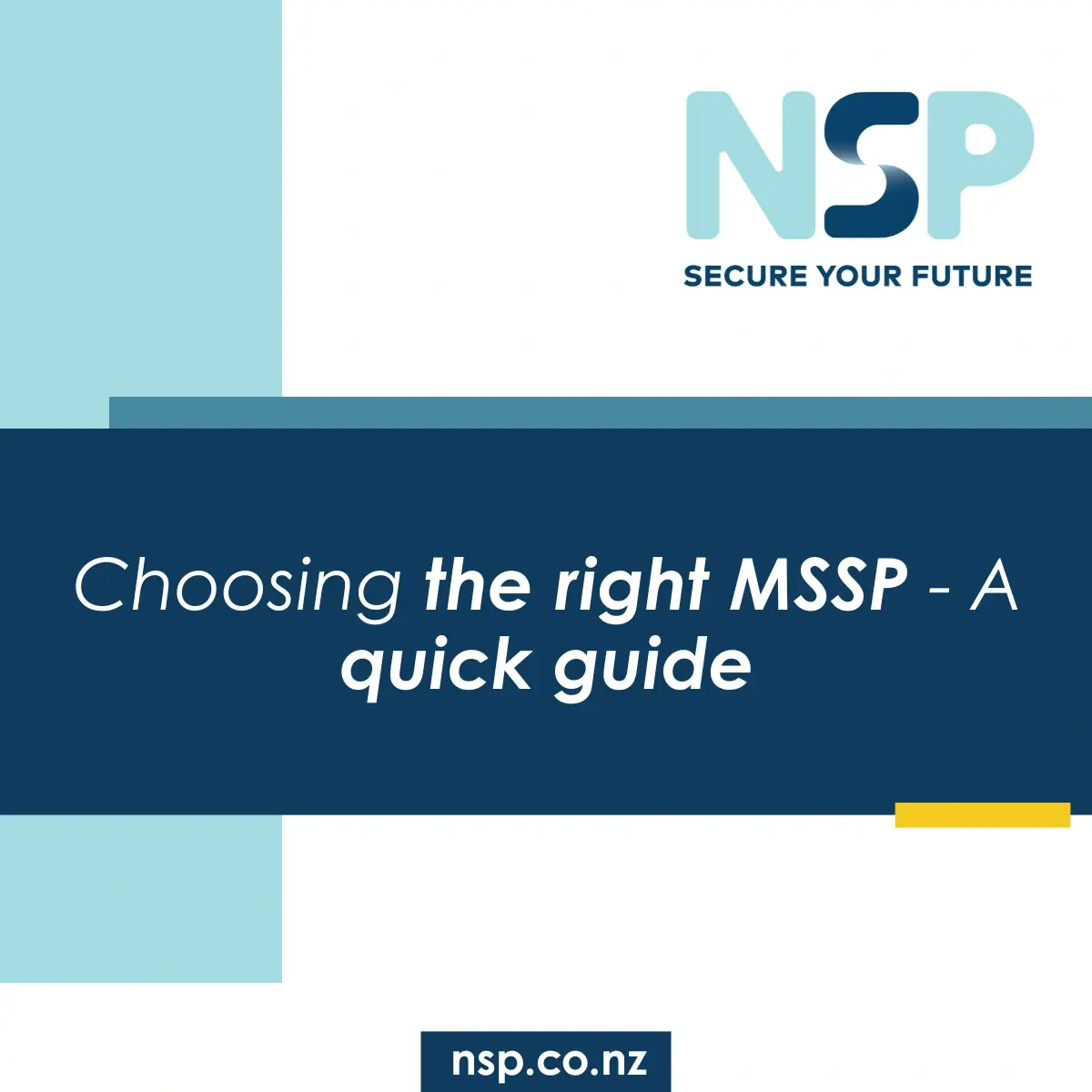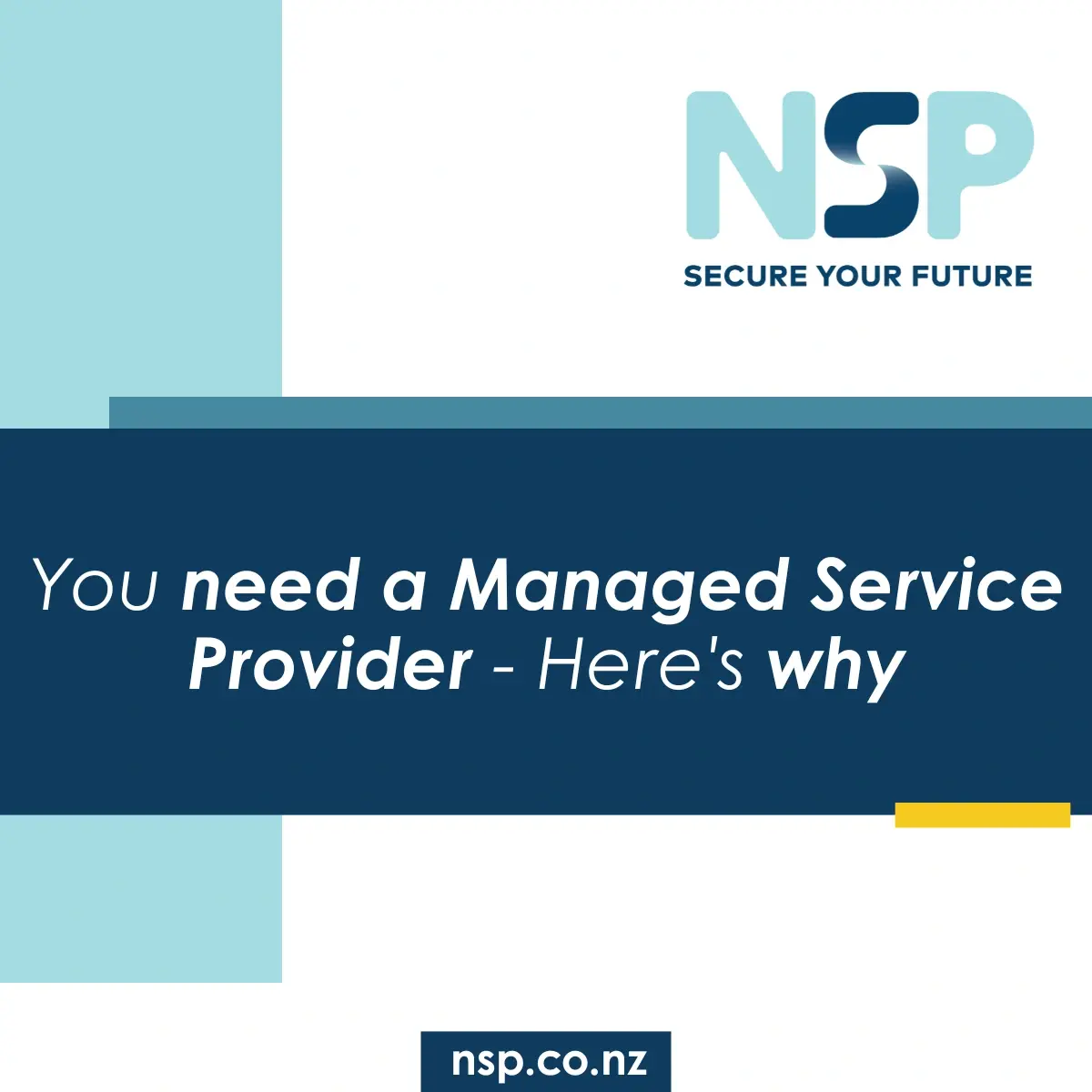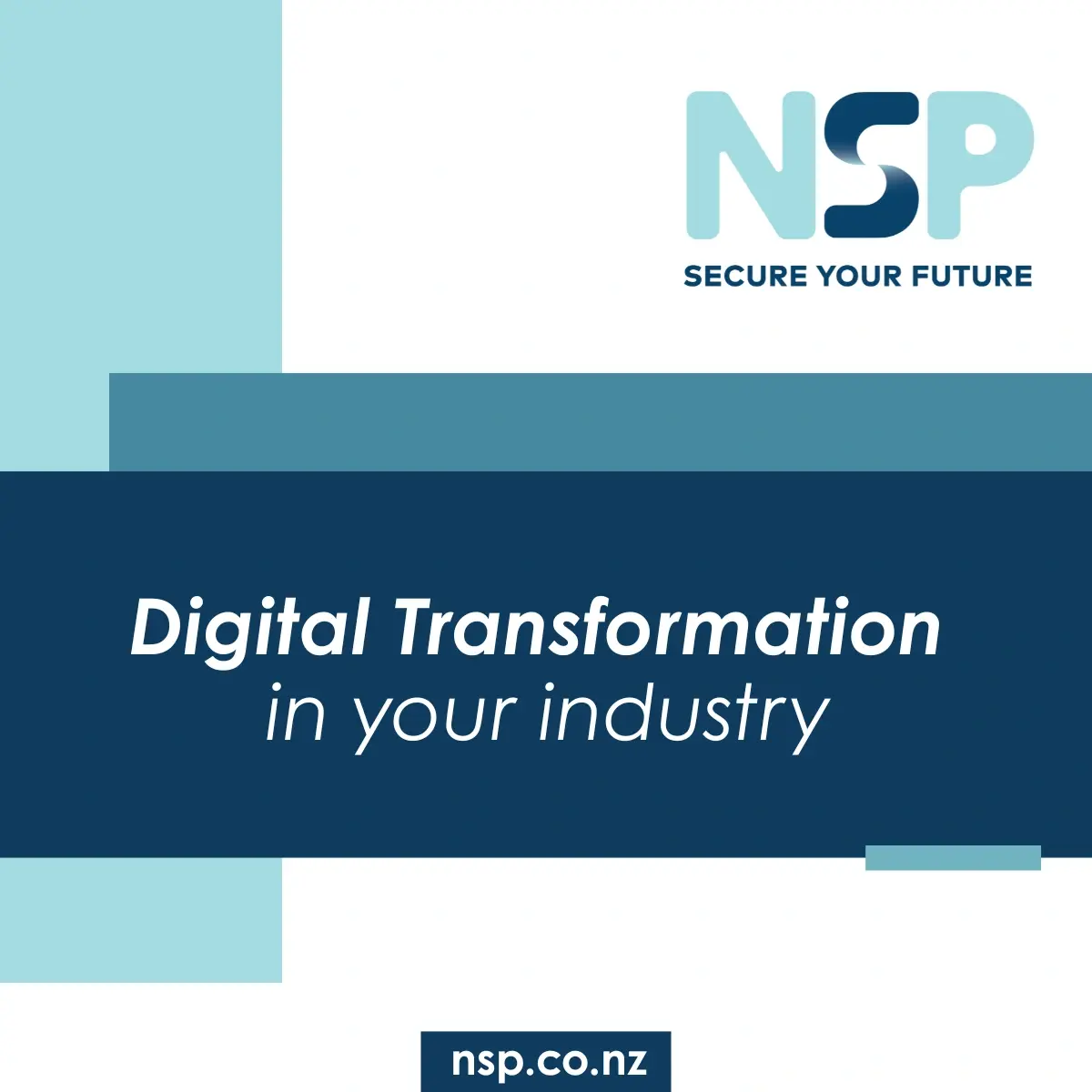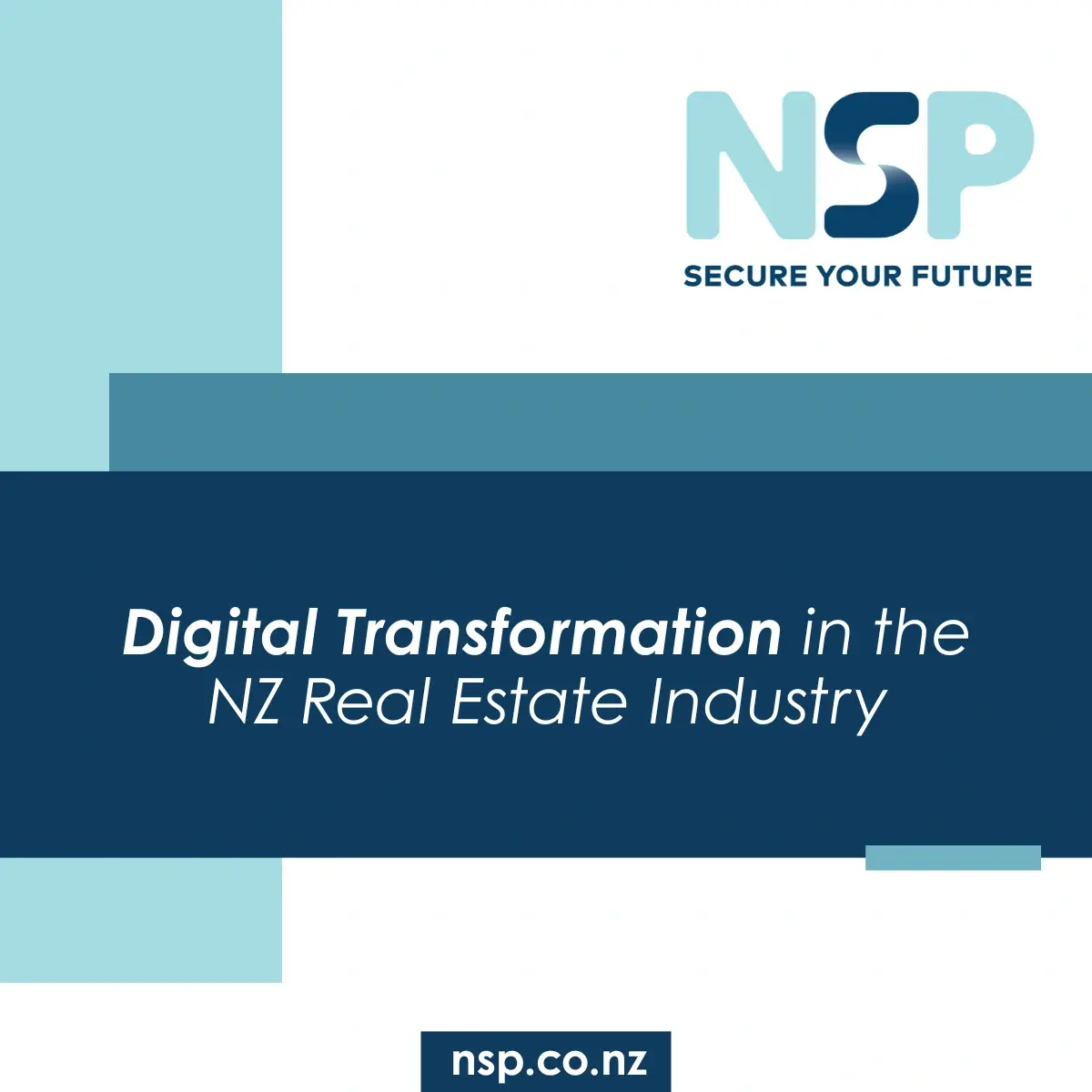10 Critical Questions to Ask Your Cloud Provider | NZ SME Guide
Dayna-Jean Broeders
28 October 2025
18 min
Read10 Questions to Ask Your Cloud Provider: A Complete Guide for New Zealand SMEs
The cloud has fundamentally transformed how New Zealand businesses operate. From Auckland-based startups to established enterprises in Christchurch, Dunedin, and beyond, SMEs across the country are discovering that cloud services NZ offers aren't just about technology, they're about competitive advantage, business continuity, and growth potential.
Yet despite this widespread adoption, many businesses rush into cloud partnerships without asking the critical questions that separate exceptional providers from those that will leave you exposed to security vulnerabilities, unexpected costs, and frustrating downtime.
Recent data shows that cloud-related incidents cost New Zealand businesses millions annually in lost productivity and remediation costs. The stakes are particularly high for SMEs, where a single extended outage or security breach can threaten survival. With New Zealand's unique regulatory environment, geographical challenges, and specific business needs, selecting the right cloud provider New Zealand businesses can trust requires careful due diligence.
This guide presents ten essential questions every New Zealand SME should ask before committing to a cloud provider, or when reviewing their current arrangement. Whether you're considering cloud migration NZ for the first time or evaluating your existing setup, these questions will help you make an informed decision that protects your business, controls costs, and positions you for sustainable growth.
1. Where Is My Data Actually Stored, and What Are the Sovereignty Implications?
Why This Matters:
Data sovereignty isn't just a technical concern, it's a legal, compliance, and risk management issue. For New Zealand businesses, where your data physically resides determines which laws govern it, who can access it, and what happens during disputes or legal proceedings.
Many international cloud providers store New Zealand data on servers in Australia, the United States, or other jurisdictions. While this isn't inherently problematic, it creates complexity around the Privacy Act 2020, industry-specific regulations, and potential exposure to foreign government access laws.
What to Look For:
Your cloud provider should clearly state where your data resides and offer options for New Zealand-based or Australian data centres when required. They should explain how data sovereignty affects your compliance obligations and whether they maintain local infrastructure or partnerships.
A quality provider will also clarify whether data remains in a single region or if redundancy measures involve cross-border replication. For organisations handling sensitive information, healthcare records, financial data, or customer personal information, New Zealand-based cloud solutions for SMEs often provide the clearest compliance path and strongest legal protections.
Red Flags:
Vague answers like "our global infrastructure" or "various secure locations worldwide" should concern you. Providers unable or unwilling to specify exact data locations may not understand New Zealand's regulatory environment or your compliance needs.
2. What Security Certifications and Standards Do You Maintain?
Why This Matters:
Security certifications represent independently verified proof that a provider follows recognised best practices. Without them, you're essentially taking the provider's word that they maintain appropriate security controls.
For secure cloud NZ operations, certifications like ISO 27001 (information security management), SOC 2 (systems and organisation controls), and industry-specific standards demonstrate commitment to security frameworks that protect your business.
What to Look For:
Request documentation of current certifications and ask about recertification schedules, these aren't one-time achievements but ongoing commitments. The provider should explain how these certifications translate into practical security benefits for your organisation.
Beyond certifications, inquire about their security architecture: Do they implement multi-factor authentication, encryption at rest and in transit, network segmentation, and regular vulnerability assessments? For New Zealand SMEs handling payment data, PCI DSS compliance may be essential. Healthcare organisations need assurance around health information privacy.
Red Flags:
Providers who dismiss security certifications as "unnecessary bureaucracy" or claim their "proprietary security approach" is superior to industry standards should raise immediate concerns. Similarly, outdated or lapsed certifications suggest declining security investment.
3. What Is Your Guaranteed Uptime, and What Happens When You Miss It?
Why This Matters:
Downtime doesn't just frustrate users, it costs money. For businesses relying on cloud-based systems for customer service, e-commerce, or operations, every minute offline represents lost revenue, damaged reputation, and decreased productivity.
Service Level Agreements (SLAs) define the uptime commitment your provider makes and what recourse you have when they fail to deliver. However, not all SLAs are created equal, and the fine print often matters more than headline percentages.
What to Look For:
Look for uptime guarantees of at least 99.9% (approximately 8.76 hours of downtime annually). Understand what counts as "downtime", some providers exclude scheduled maintenance, while others only measure complete outages rather than degraded performance.
More importantly, examine the compensation structure. Many providers offer service credits, but these typically represent a fraction of your actual costs during an outage. A provider confident in their infrastructure should offer meaningful compensation that reflects the business impact of downtime.
For nationwide operations across Auckland, Wellington, Christchurch, and other centres, ask about geographical redundancy. Can the provider maintain service if an entire data centre experiences issues?
Red Flags:
SLAs with complex exclusions, minimal compensation, or no real accountability suggest a provider isn't confident in their infrastructure. Similarly, providers without transparent uptime reporting or reluctant to share historical performance data may have something to hide.
4. How Do You Handle Data Backup, Recovery, and Disaster Planning?
Why This Matters:
Cloud services don't automatically mean your data is invulnerable. Ransomware, accidental deletions, application errors, or catastrophic failures can still result in data loss. The question isn't whether you'll need to recover data, it's when.
New Zealand businesses face unique disaster recovery considerations, including earthquake preparedness and potential impacts from weather events. Your cloud provider's backup and recovery capabilities directly determine how quickly you can resume operations after an incident.
What to Look For:
Your provider should explain their backup frequency (daily, hourly, continuous), retention periods, and testing procedures. The critical metric is Recovery Time Objective (RTO), how quickly can systems be restored, and Recovery Point Objective (RPO), how much data you might lose in the worst-case scenario.
Managed cloud services NZ should include documented disaster recovery procedures with specific timelines. Ask whether backups are stored in multiple locations and whether you can access your data directly if needed. The provider should also detail their business continuity plans: What happens if their entire primary infrastructure fails?
Red Flags:
Providers who assume you'll handle your own backups or offer vague assurances about "redundant systems" without specific recovery commitments leave your business exposed. Similarly, untested disaster recovery plans are essentially useless, the provider should demonstrate regular recovery testing.
5. What Support Level Do I Actually Receive, and When Can I Reach You?
Why This Matters:
"24/7 support" appears in virtually every cloud provider's marketing materials, but the reality often falls short. For New Zealand businesses, the support experience can mean the difference between a minor hiccup and a business-threatening crisis.
Support encompasses response times, expertise levels, communication channels, and, critically for New Zealand companies, whether support staff understand local business contexts and operate during business hours that match your needs.
What to Look For:
Ask for specific response time guarantees based on issue severity. How quickly does someone respond to a critical outage versus a general inquiry? What channels can you use, phone, email, chat, portal, and are they genuinely available 24/7?
For New Zealand SMEs, local support often provides significant advantages. A provider with support staff familiar with New Zealand business practices, time zones, and compliance requirements can resolve issues faster than offshore support reading from scripts.
Inquire about escalation procedures and whether you'll have a dedicated account manager who understands your business. The best cloud provider New Zealand businesses work with should feel like a partner, not a distant vendor.
Red Flags:
Tiered support models that reserve responsive assistance for premium plans can leave smaller businesses stranded. Similarly, providers without clear escalation paths or those routing all support through ticketing systems may lack the responsiveness you need during critical situations.
6. What Security Monitoring and Threat Detection Capabilities Do You Provide?
Why This Matters:
Cyber threats targeting New Zealand businesses have increased dramatically in recent years, with SMEs representing particularly attractive targets for attackers who assume smaller organisations have weaker defences. Simply storing data in the cloud doesn't automatically protect it, active monitoring and threat detection are essential.
The time between a security breach occurring and its detection (known as "dwell time") often determines the ultimate damage. Attackers who remain undetected can exfiltrate data, install persistent backdoors, or prepare ransomware attacks over weeks or months. Your cloud provider's monitoring capabilities directly impact your ability to detect and respond to threats before they become catastrophic incidents.
What to Look For:
Your provider should explain their security monitoring approach in concrete terms. Do they provide 24/7 security operations centre (SOC) monitoring? What types of threats do they actively detect, unusual login patterns, data exfiltration attempts, malware, suspicious network traffic?
Ask about their incident response procedures and timelines. If they detect a potential threat affecting your environment, how quickly will you be notified? What information will they provide, and what support do they offer to investigate and remediate issues?
Understanding the tools and visibility you receive is equally important. Do you have access to security dashboards showing threats detected and blocked? Can you review security logs for your environment? Quality managed cloud services NZ should include threat intelligence, insights about emerging threats relevant to your industry or region.
For New Zealand businesses, ask whether the provider understands local threat environments. Cybercriminals increasingly target specific regions with localised attacks, from phishing campaigns impersonating New Zealand organisations to attacks timed around local business hours.
The provider should also explain their approach to vulnerability management, how frequently they scan for security weaknesses, patch systems, and address newly discovered vulnerabilities that could expose your data.
Red Flags:
Providers who treat security monitoring as an optional add-on rather than a core service should raise concerns. Similarly, those unable to provide specific details about their monitoring capabilities, incident response procedures, or detection timeframes may lack robust security operations.
Be wary of providers who claim they've "never been breached", this often indicates insufficient monitoring rather than superior security. Reputable providers acknowledge the threat environment and demonstrate how they actively defend against evolving attacks.
7. What Is Your Approach to Compliance, and How Do You Help Me Meet My Obligations?
Why This Matters:
Moving to the cloud doesn't transfer your compliance obligations to your provider, you remain responsible for meeting regulatory requirements. However, your provider's compliance posture and support can make fulfilling these obligations dramatically easier or significantly more difficult.
New Zealand businesses must navigate the Privacy Act 2020, industry-specific regulations, and potentially international standards if operating across borders. Your cloud provider should be a compliance partner, not a compliance obstacle.
What to Look For:
The provider should understand New Zealand's regulatory environment and explain how their services support your compliance needs. This includes data protection measures, audit capabilities, documentation, and reporting tools.
Ask whether they provide compliance certifications relevant to your industry and whether they'll assist during audits by providing necessary documentation. For healthcare organisations, retail businesses processing payments, or financial services firms, industry-specific compliance support is essential.
The provider should also explain their own compliance practices, including how they handle security incidents, data breaches, and notification requirements under New Zealand law.
Red Flags:
Providers who treat compliance as solely your responsibility or lack familiarity with New Zealand regulations may create significant risk. Similarly, those unable to provide audit-friendly documentation and reporting tools will make your compliance efforts unnecessarily difficult.
8. How Easy Is It to Scale Resources Up or Down Based on My Business Needs?
Why This Matters:
Scalability represents one of cloud computing's core advantages, but not all providers deliver on this promise equally. For growing New Zealand SMEs or businesses with seasonal fluctuations, the ability to quickly adjust resources without massive cost implications or technical complexity is crucial.
True scalability means scaling both up and down, increasing capacity during growth periods but also reducing costs when demand decreases. This flexibility helps businesses manage cash flow and avoid paying for unused capacity.
What to Look For:
Ask about the process for scaling resources. Can you make adjustments through a self-service portal, or do you need to contact support? Are there minimum commitment periods that prevent downsizing? How quickly can additional resources be provisioned?
The provider should explain their pricing model for scaled resources, whether you pay only for what you use or face minimum charges regardless of usage. For businesses with predictable patterns (retail peaks, seasonal services), ask about scheduled scaling or automated adjustments based on demand.
Understanding the technical limitations is equally important. Can you scale individual components independently, or must you upgrade entire service tiers?
Red Flags:
Providers with rigid service tiers, long-term commitments, or complex scaling procedures may not deliver the flexibility you need. Similarly, significant cost penalties for scaling down or "use it or lose it" resource allocations undermine cloud economics.
9. What Happens to My Data If I Want to Leave or Switch Providers?
Why This Matters:
Vendor lock-in represents one of the most significant but overlooked risks in cloud partnerships. While you may have no intention of leaving when you sign up, business needs change, better options emerge, or service quality may deteriorate. Your exit strategy matters as much as your onboarding plan.
For New Zealand businesses, the ability to retrieve your data in usable formats and migrate to alternative solutions protects your long-term flexibility and negotiating position.
What to Look For:
Request clear documentation of data export processes, formats, and timelines. Can you extract your data at any time? Is it provided in standard, portable formats, or proprietary structures that require conversion?
Ask about data deletion procedures after contract termination. Responsible providers should securely delete your data within specified timeframes and provide certification of deletion.
Understand any costs associated with data export or migration assistance. While some charges may be reasonable, excessive fees designed to discourage leaving indicate problematic business practices.
The provider should also explain how long you'll retain access to systems and data after contract termination, sufficient time to complete migration without rushed, error-prone processes.
Red Flags:
Providers who make data extraction difficult, charge excessive export fees, or use proprietary formats that complicate migration are creating intentional lock-in. Similarly, vague or hostile responses to exit process questions suggest problematic vendor relationships.
10. How Do You Stay Current With Technology, and What's Your Innovation Roadmap?
Why This Matters:
Technology evolves rapidly, and your cloud provider's commitment to innovation directly impacts your business's ability to leverage new capabilities, maintain security, and remain competitive. A provider standing still today will become a liability tomorrow.
For New Zealand SMEs competing globally, access to modern cloud capabilities, artificial intelligence tools, advanced analytics, automation platforms, can create significant competitive advantages.
What to Look For:
Ask about the provider's technology roadmap and how frequently they introduce new capabilities or update existing services. How do they communicate updates to customers? Can you provide input on future development priorities?
Inquire about their approach to security updates and patching. Responsible providers should handle infrastructure security updates transparently without requiring downtime or customer intervention.
Understanding their research and development investment and partnerships with technology leaders provides insight into long-term viability. Providers who participate in industry standards development and maintain certifications for emerging technologies demonstrate forward-thinking approaches.
Red Flags:
Providers relying on aging infrastructure, those unable to articulate innovation plans, or companies that haven't meaningfully updated their offerings in years present obsolescence risk. Your cloud partner should evolve alongside technology and business needs.
Quality vs. Risky: Quick Comparison
|
What to Look For |
✓ Quality Provider |
✗ Risky Provider |
|---|---|---|
|
Answers your questions |
Detailed, specific, with evidence |
Vague, evasive, "trust us" |
|
Data location |
Tells you exactly where |
"Global infrastructure" |
|
Security |
Certified, monitored 24/7, proactive |
Optional extras, reactive |
|
Support |
Fast, local, always available |
Slow, offshore, ticket-only |
|
Contracts |
Fair, flexible, transparent |
Complex, rigid, lock-in |
|
Your data |
Easy to access and export |
Difficult, expensive to leave |
|
Track record |
Proven uptime, happy references |
Vague history, no references |
|
Compliance |
NZ-aware, assists you |
"Your responsibility" |
Your Quick Evaluation Method
Use table and tick off characteristics you observe during provider discussions:
7+ Quality Provider traits: Strong candidate worth detailed evaluation
4-6 Quality Provider traits: Mixed signals—dig deeper before deciding
0-3 Quality Provider traits: High risk—consider other options
A Quality Cloud Provider:
-
Acts as a strategic partner, not just a vendor
-
Prioritizes your security and compliance
-
Offers transparency at every level
-
Provides local expertise and support
-
Makes it easy to work with them (and leave if needed)
-
Invests in technology and your success
A Risky Cloud Provider:
-
Focuses on contracts over relationships
-
Hides behind technical jargon and vague promises
-
Makes security and support optional add-ons
-
Creates vendor lock-in through complexity
-
Operates on their terms, not yours
-
Leaves you vulnerable to risks and unexpected costs
Choosing Your Cloud Partner Wisely
Selecting a cloud provider represents a strategic decision that will impact your business for years. The ten questions outlined above aren't meant to intimidate providers, they're designed to separate partners genuinely invested in your success from vendors simply seeking another contract.
The right cloud provider New Zealand SMEs can trust will welcome these questions and provide detailed, transparent answers. They'll understand that moving to cloud services NZ or reviewing your current cloud migration NZ strategy requires careful consideration of security, compliance, costs, and long-term business implications.
For New Zealand businesses from Auckland to Christchurch, from Dunedin to nationwide operations, local expertise matters. A provider who understands New Zealand's regulatory environment, business culture, and specific challenges can deliver support and solutions that distant international providers simply cannot match.
NSP: Your Trusted Cloud Partner Across New Zealand
At NSP, we've helped numerous New Zealand SMEs successfully navigate cloud adoption and optimisation. As a local IT and cybersecurity partner, we understand the unique challenges facing businesses across the country. Our managed cloud services NZ are built on security-first principles, transparent pricing, and genuine partnership approaches that put your business needs first.
We don't just provide secure cloud NZ infrastructure, we deliver strategic guidance that helps you leverage cloud technology for competitive advantage while managing risks and costs effectively.
Ready to Evaluate Your Cloud Strategy?
Download our free Cloud Readiness Checklist, a comprehensive resource designed specifically for New Zealand SMEs considering cloud migration or reviewing current cloud arrangements. This practical tool walks you through essential considerations, helps you benchmark current capabilities, and identifies opportunities for improvement.
Alternatively, schedule a complimentary consultation with our cloud specialists. We'll review your specific requirements, answer your questions without sales pressure, and provide honest guidance about whether cloud solutions align with your business objectives.
Contact NSP today to discover how the right cloud partner can transform your IT infrastructure into a strategic business asset.
CATEGORY
- Article (98)
- Cybersecurity (41)
- Cyber Security (35)
- Digital transformation (31)
- Managed services (28)
- Awareness and education (23)
- Cloud (20)
- IT Risk (14)
- modern workplace (12)
- Collaboration (11)
- Cyber Smart Week (11)
- Breach (9)
- microsoft (9)
- Backup (8)
- Remote Workers (8)
- AI (7)
- copilot (7)
- video (7)
- Future of work (6)
- network performance (6)
- Breech (4)
- Business strategy (4)
- Cyber (4)
- Microsoft Teams (4)
- Vulnerability Assessment (4)
- 0365 (3)
- CISO (3)
- Culture (3)
- Best Practice (2)
- Business Goals (2)
- CASB (2)
- CIO (2)
- COVID-19 (2)
- Charity (2)
- Construction Industry (2)
- Feed the Need (2)
- Friction-less (2)
- Managed Detection & Response (MDR) (2)
- Penetration Testing (2)
- vCISO (2)
- Assets (1)
- Azure (1)
- BYOD (1)
- Christmas (1)
- Co-pilot (1)
- E-Waste (1)
- EPP (1)
- Governance (1)
- Healthcare (1)
- IT budget (1)
- KPI (1)
- Law Industry (1)
- Legal Industry (1)
- Metrics (1)
- News (1)
- Real Estate Industry (1)
- Restore (1)
- Tabletop Exercise (1)
- artificial intelligence (1)
- case study (1)
- health IT consultant (1)
- health it (1)
RECENT POST
Let’s stay in touch!
Enter your details below to stay up-to-date with the latest IT solutions and security measures.




